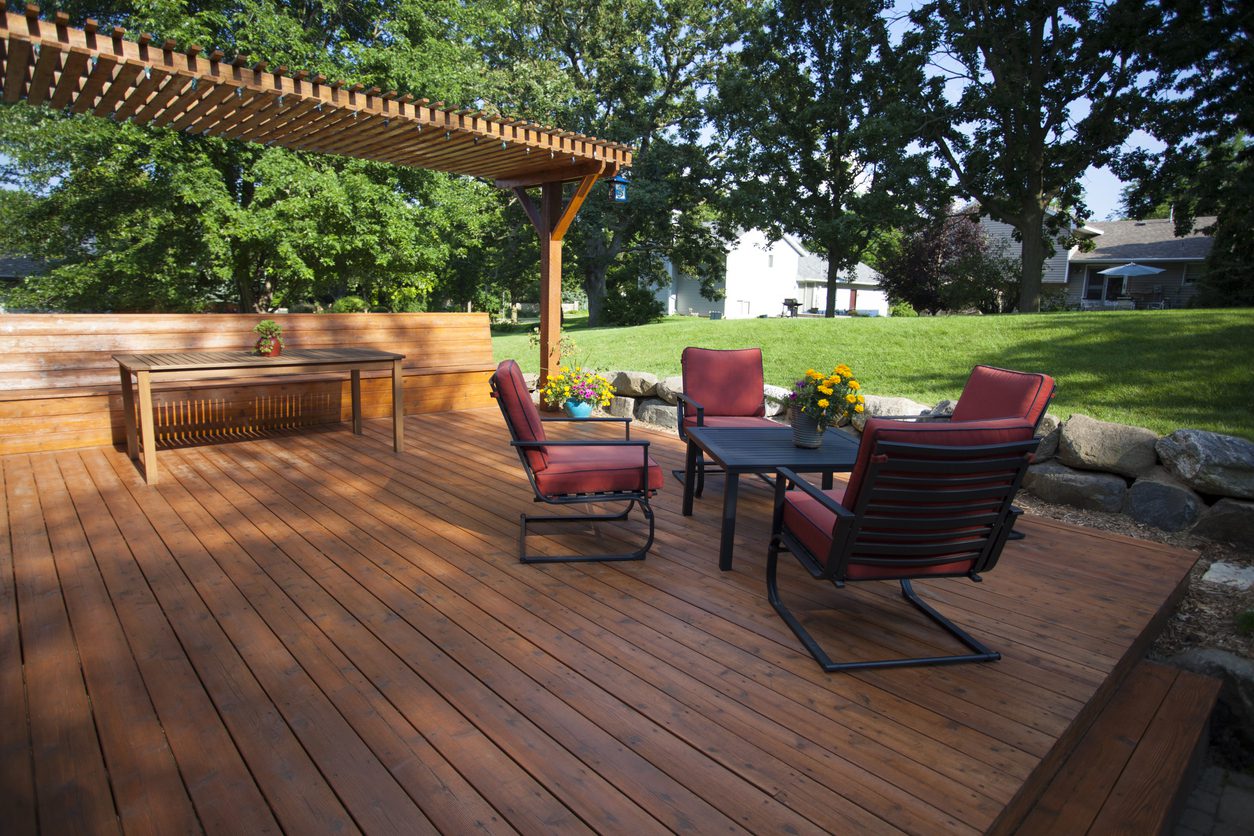Cedar is a popular material for many building and woodworking projects, prized for its beauty, durability, and natural resistance to decay. But one common question arises: is cedar a hardwood? The answer lies in understanding what defines hardwood versus softwood and where cedar fits into these categories.
What Defines Hardwood and Softwood?
The terms “hardwood” and “softwood” don’t necessarily refer to the hardness of the wood. Instead, they classify wood based on the type of tree it comes from:
- Hardwoods: Derived from deciduous trees (trees that lose their leaves seasonally), such as oak, maple, and walnut. These trees have seeds enclosed in fruits or nuts, and their wood typically has a denser structure.
- Softwoods: Sourced from coniferous trees (evergreens), like pine, spruce, and cedar. These trees bear cones and have seeds without a protective enclosure.
While hardwoods are generally denser, there are exceptions. For instance, balsa is a hardwood, but it’s much softer than most softwoods. The classification is botanical, not related to how hard or soft the wood feels.
Where Does Cedar Fit?
Cedar is a softwood because it comes from coniferous trees, like the western red cedar (Thuja plicata) and eastern red cedar (Juniperus virginiana). Despite being a softwood, cedar is highly regarded for its properties, many of which rival or surpass those of hardwoods.
Why is Cedar So Durable for a Softwood?
Cedar is often mistaken for a hardwood due to its durability and versatility. It offers several key benefits that make it a sought-after material:
- Natural Rot Resistance: Cedar contains natural oils that make it resistant to decay, insect damage, and mold. This characteristic makes it an excellent choice for outdoor use, such as decking, siding, and fencing.
- Dimensional Stability: It resists warping, shrinking, and swelling, maintaining its shape even in challenging environments.
- Lightweight: Compared to hardwoods, cedar is lightweight and easier to work with, especially for DIY projects.
- Aromatic Qualities: Cedar’s distinctive aroma isn’t just pleasant; it also deters pests, such as moths, making it ideal for closets and storage chests.
Comparing Cedar to Hardwoods
While cedar is a softwood, its performance characteristics often lead to comparisons with hardwoods. Here’s how cedar stacks up against some common hardwoods:
| Property | Cedar (Softwood) | Hardwoods (e.g., Ipe, Cumaru) |
|---|---|---|
| Durability | High | Very High |
| Density | Lower (Lightweight) | Highest |
| Workability | Easy | Moderate to Difficult |
| Resistance to Decay | Natural Oils Protect | Highly Resistant |
| Cost | Moderate to Low | Higher (Depends on Species) |
Common Uses for Cedar
Cedar’s unique properties make it a versatile choice for various applications, including:
- Decking: Its resistance to weather and insects makes it a natural choice for outdoor projects.
- Cladding: Cedar’s aesthetic appeal and rot resistance are perfect for siding and paneling.
- Furniture: Lightweight and aromatic, cedar is used in both indoor and outdoor furniture.
- Saunas: The wood’s natural thermal properties and pleasant scent make it ideal for sauna construction.
- Fencing: Cedar’s natural resistance to weather and insects makes it a natural choice for all kinds of outdoor projects.
Conclusion
Although cedar is a softwood, its natural strength, durability, and beauty make it a top contender for many projects where hardwoods might traditionally be used. Its unique combination of light weight, resistance to decay, and aromatic qualities offers benefits that even some hardwoods can’t match.
So, while cedar isn’t a hardwood, don’t let its classification fool you. When it comes to quality and performance, cedar proves that softwoods can deliver outstanding results. Whether you’re building a deck, siding your home, or crafting furniture, cedar remains a timeless and reliable choice.
